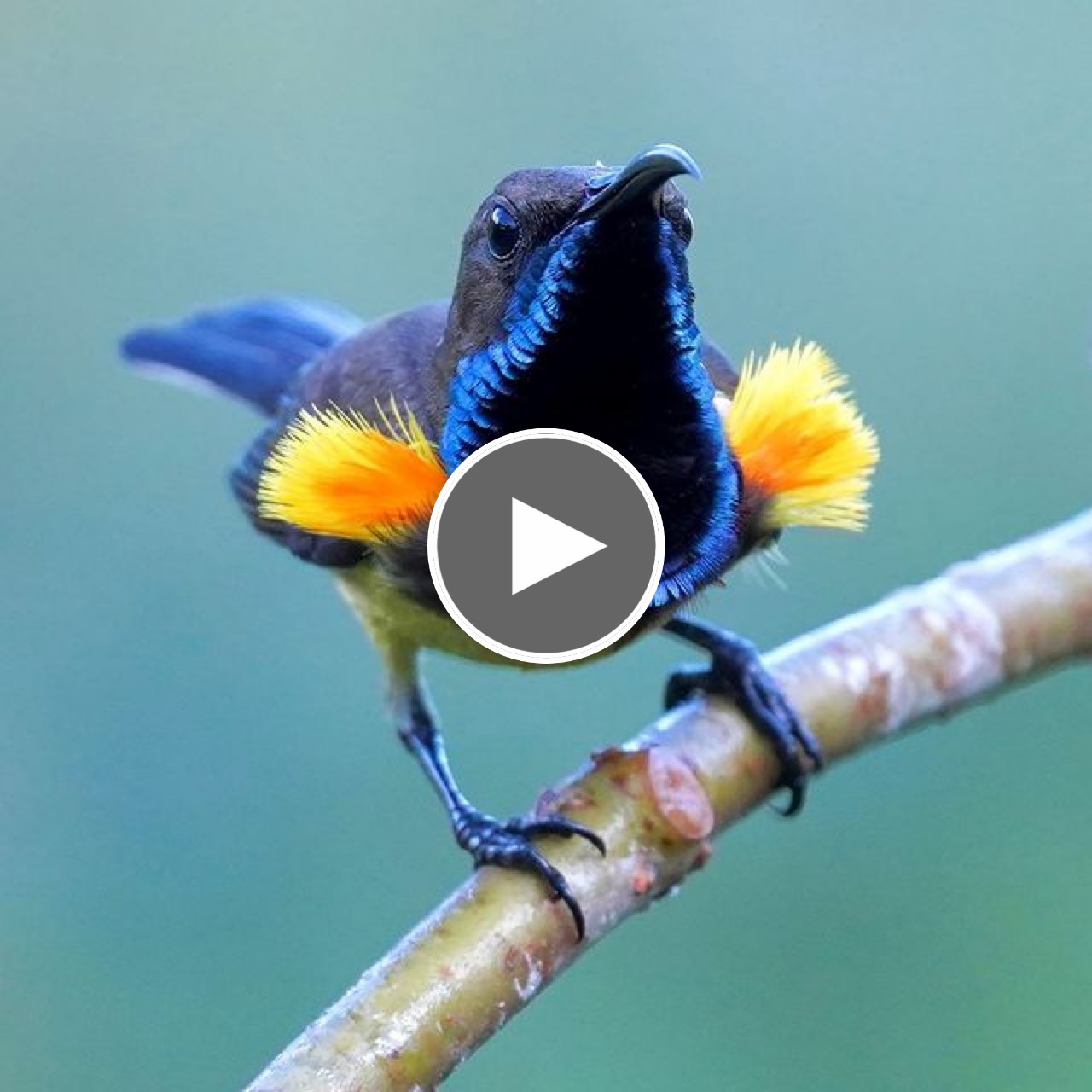
The olive-backed sunbird is a tiny and fascinating bird, very attractive and with unique characteristics. Measuring only about 12cm in length, the male of this species features a vibrant yellow belly and a dark brown back. Its forehead, throat, and upper chest are a dark metallic blue, making it stand out in its surroundings. He also has apricot-colored feathers, which are not normally visible, but when he needs to attract females, he displays them as a secret weapon. This species of bird is mainly found in Southeast Asia and Australia, and was initially found in mangrove swamps. However, they have since adapted to areas inhabited by humans, where they can be seen in forests, orchards, coconut plantations and even cities and towns.






Interestingly, olive-backed sunbirds are omnivores and have a unique diet that consists of both nectar and invertebrates. Nectar is obtained from flowering plants such as coconut and papaya. Meanwhile, they like to hunt spiders, ants and caterpillars. During the breeding season, which runs from December to July, the female alone builds a pear-shaped nest with a small side entrance. This nest is built with grass stems and other fibrous materials. She lays 1 to 3 pale green eggs with brown spots and incubates them for 11 days until they hatch. Both parents then feed the chicks until they grow up after 15 to 16 days.




The olive-backed sunbird is a unique bird species and its population is considered stable in the absence of evidence of substantial declines or threats. If you want to see this species of bird in action, watch the video below!